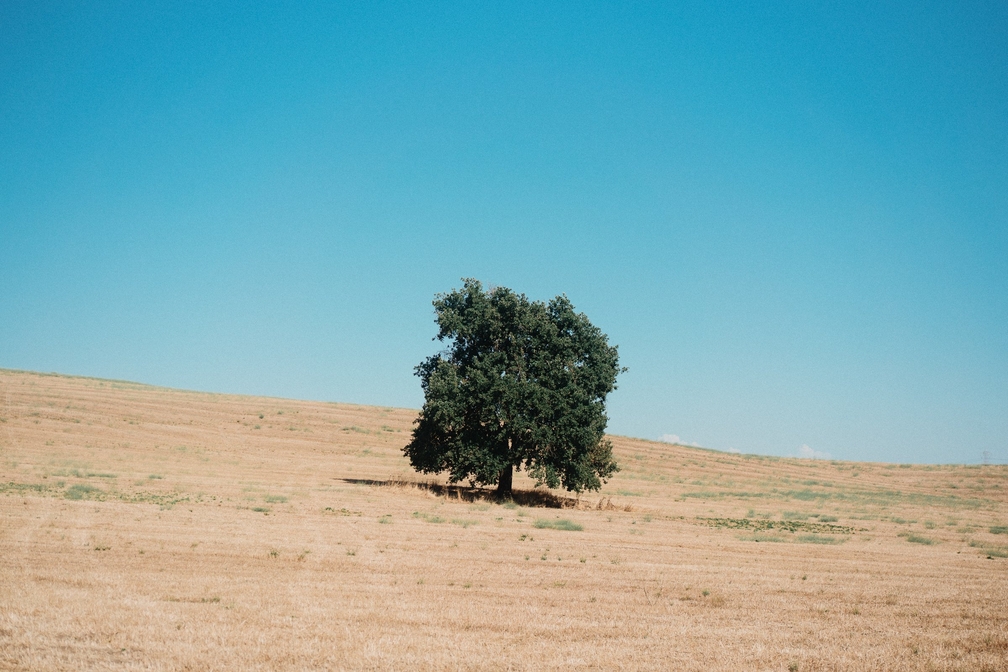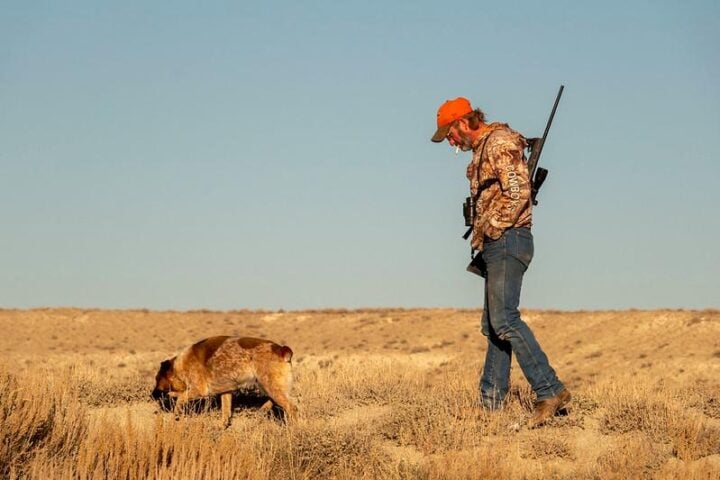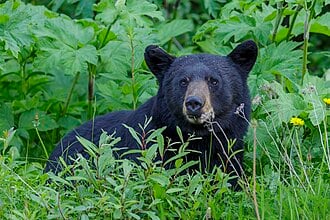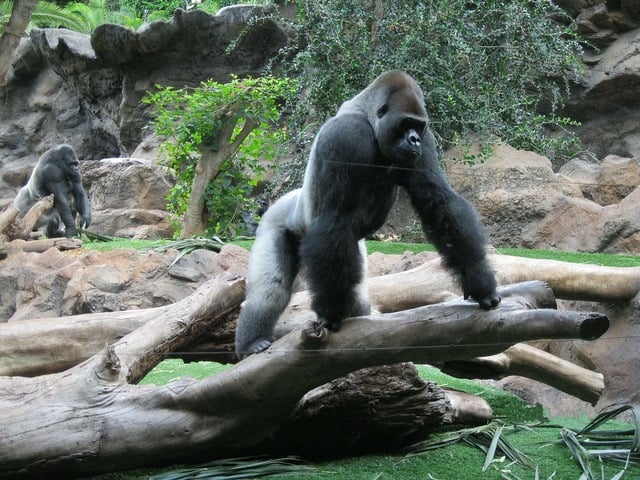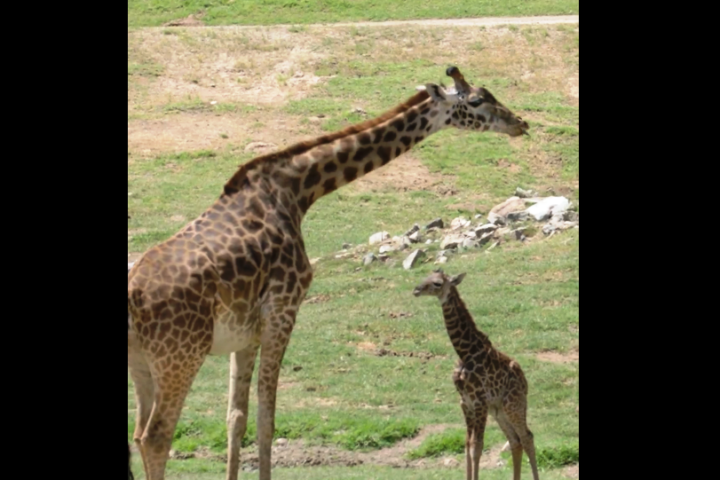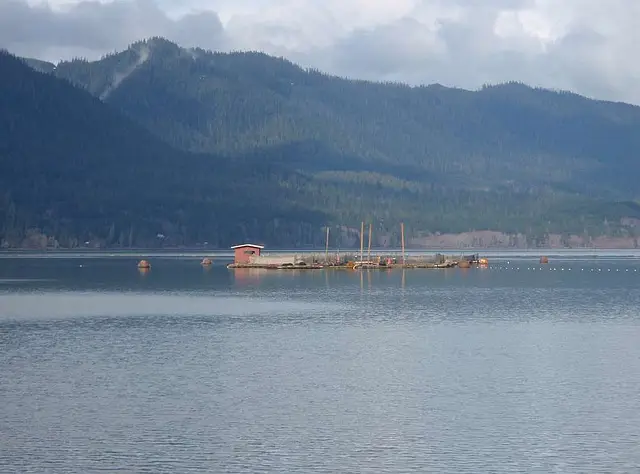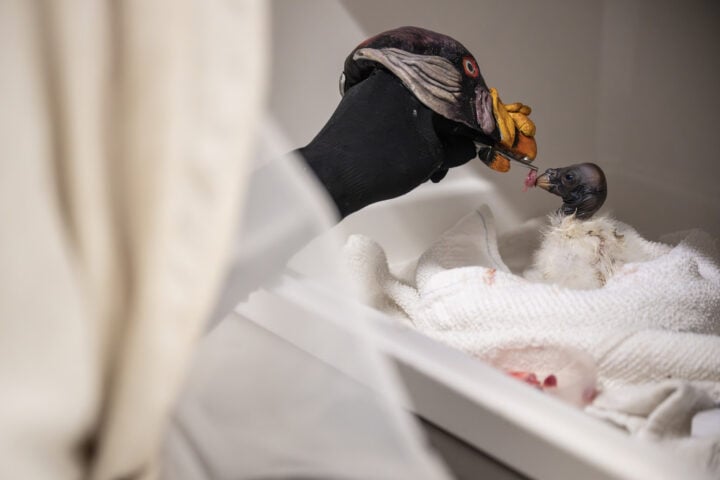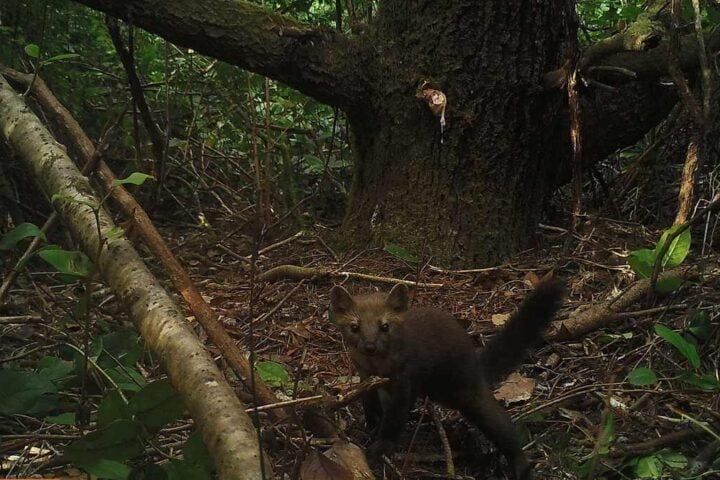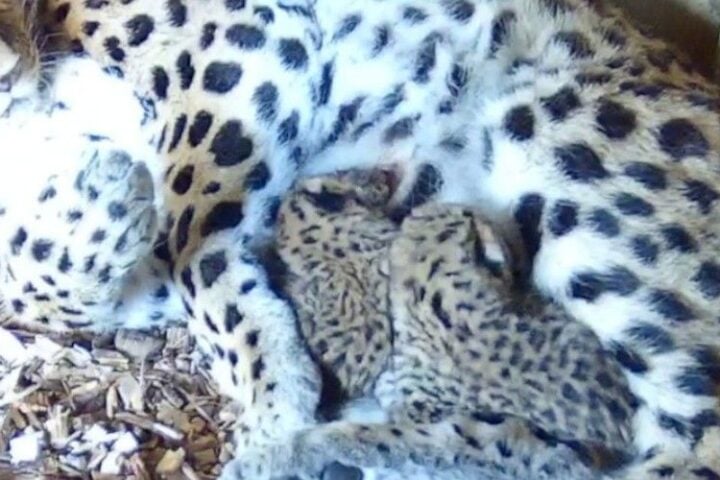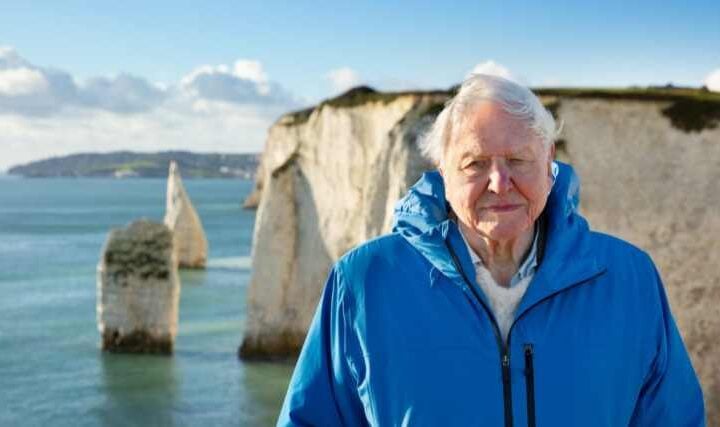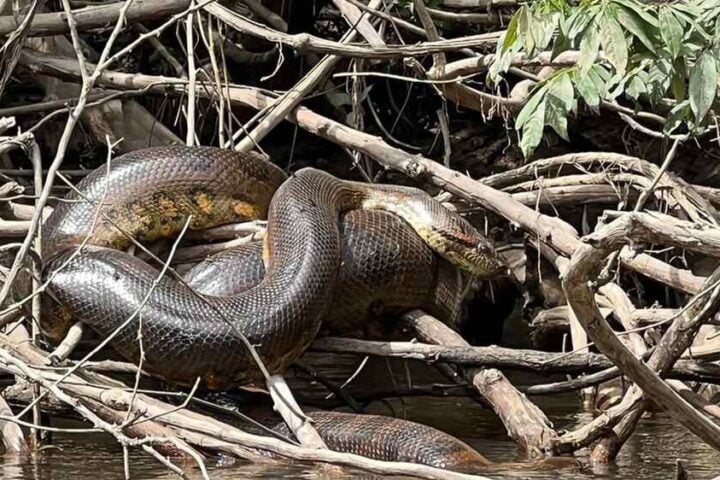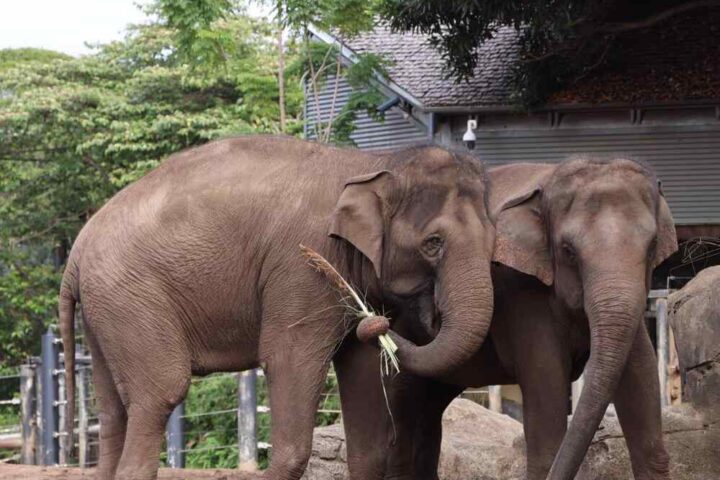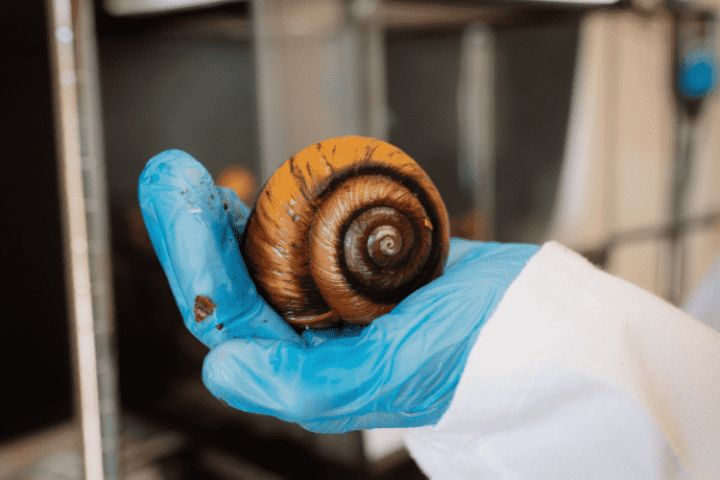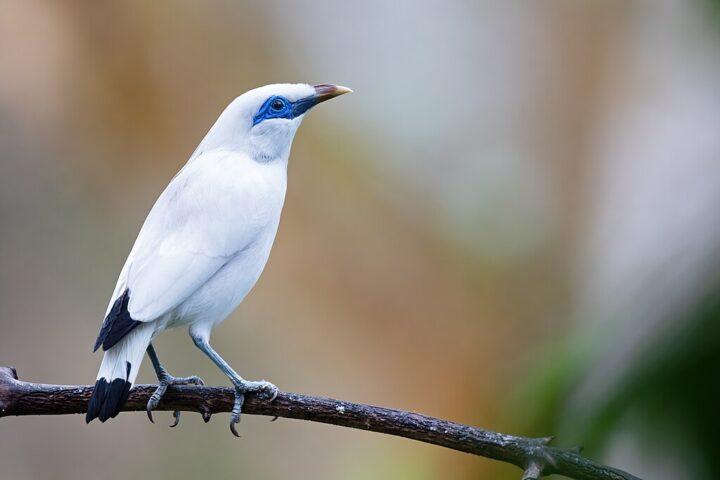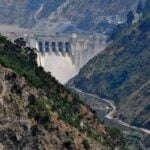A quarter of Europe—approximately 117 million hectares—could improve its environmental situation by regenerating natural ecosystems, according to a study conducted by the National Museum of Natural Sciences (MNCN-CSIC) and the University of Évora (Portugal). The European Union (EU) aims to expand the extent of protected natural areas on the continent to 30%, as well as restore damaged territories with potential for nature conservation. One of the options to achieve this is rewilding, which seeks to regenerate natural ecosystems by restoring ecological functions and biodiversity, as well as limiting human pressure on the land.
In this context, both institutions have developed a methodology to identify areas with rewilding potential in Europe and to support states in their efforts to expand the area of protected natural spaces. According to the analyses, one-quarter of Europe meets the criteria for applying either passive or active rewilding.
Passive rewilding is carried out through the management of natural processes, such as increasing ecological connectivity that allows species to move from populations with demographic surplus to territories with deficit or even extinct populations due to past local extinctions. Seventy percent of these areas are located in colder regions. “Scandinavia, Scotland, the Baltic states, but also the Iberian Peninsula are among the regions of Europe with the most potential for passive rewilding, where interesting results can be obtained simply by managing territorial dynamics, such as connectivity and species dispersal, as well as managing populations of key species for ecosystem functioning,” explains Diogo Alagador, a postdoctoral researcher at the University of Évora.
Similar Posts
Active rewilding is based on the reintroduction of key species for ecosystem functioning, a technique that is especially important when key herbivore and carnivore species have disappeared from the food chain. This technique is particularly crucial when it is considered unlikely that these species could recolonize these areas through natural dispersal from nearby territories within a reasonable time frame. The idea is that, thanks to the introduction of species, the system will self-regulate, thus recovering the biodiversity and balance it has lost. “Biodiversity loss and ecosystem collapse are one of the biggest threats facing humanity in the next decade. They also threaten the foundations of our economy and the costs of inaction are high and are anticipated to increase,” Europarc Federation points out.
MNCN researcher Miguel B. Araújo commented that replacing rural management with natural management—more focused on restoring habitats with low human presence—offers interesting possibilities from the perspective of economic activities based on leisure and tourism. The replacement of rural management with natural management not only aids in ecosystem recovery but also offers economic opportunities in areas such as leisure and tourism. “What we have found is that several countries could take advantage of depopulated areas to expand zones with greater environmental protection and thus help develop the European biodiversity strategy towards 2030,” he highlighted.
This option involves the restoration of herbivore populations that replace domestic herbivores in the function of biomass control. “Coexistence with species like carnivores is still a challenge, but attitudes are changing – we’re still learning about ways to live alongside these species,” says Louise McRae, an author of the Wildlife Comeback Report 2022 from the Zoological Society of London (ZSL).By identifying these areas, the methodology supports the broader EU goal of restoring natural habitats and achieving significant biodiversity targets by 2030.
